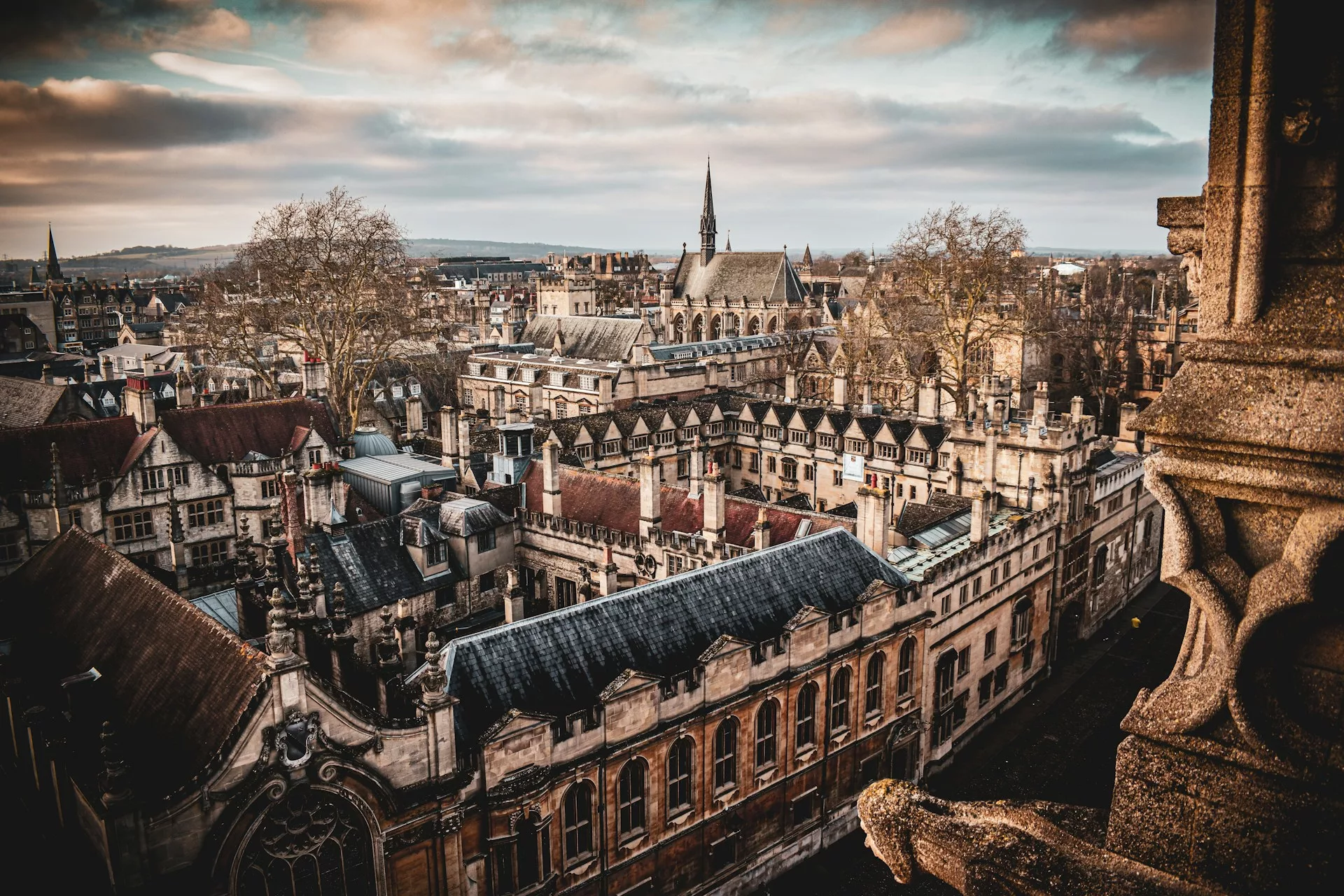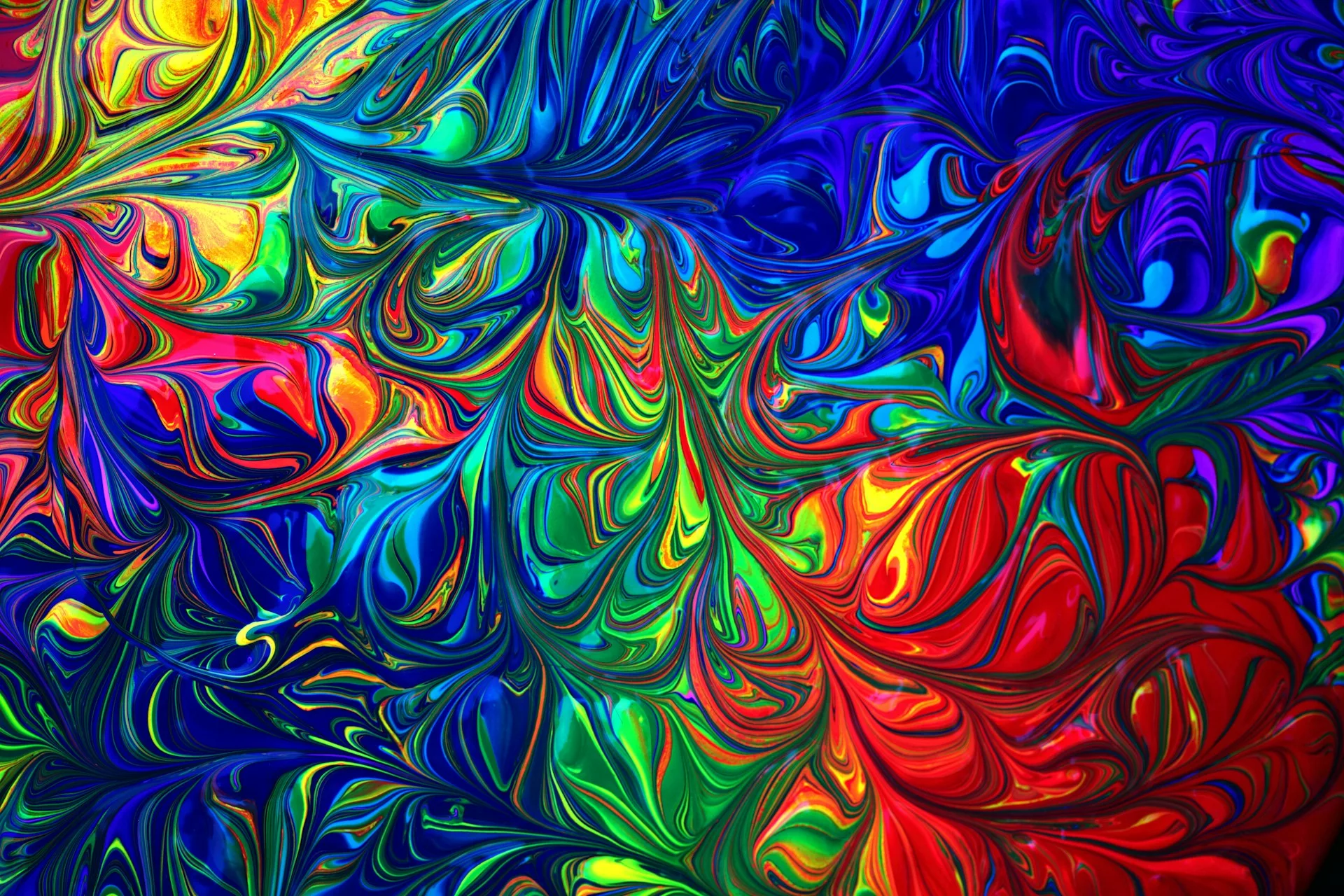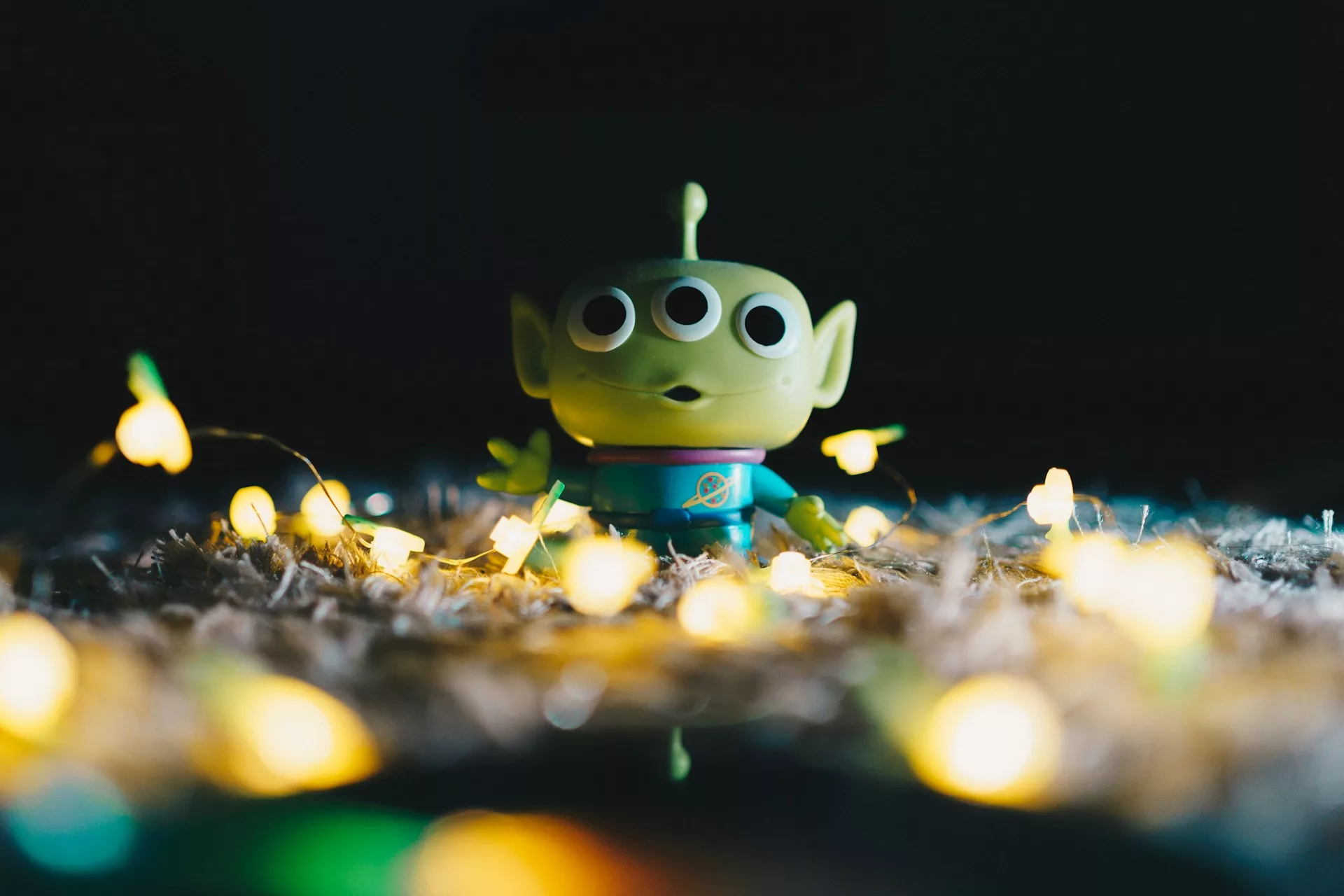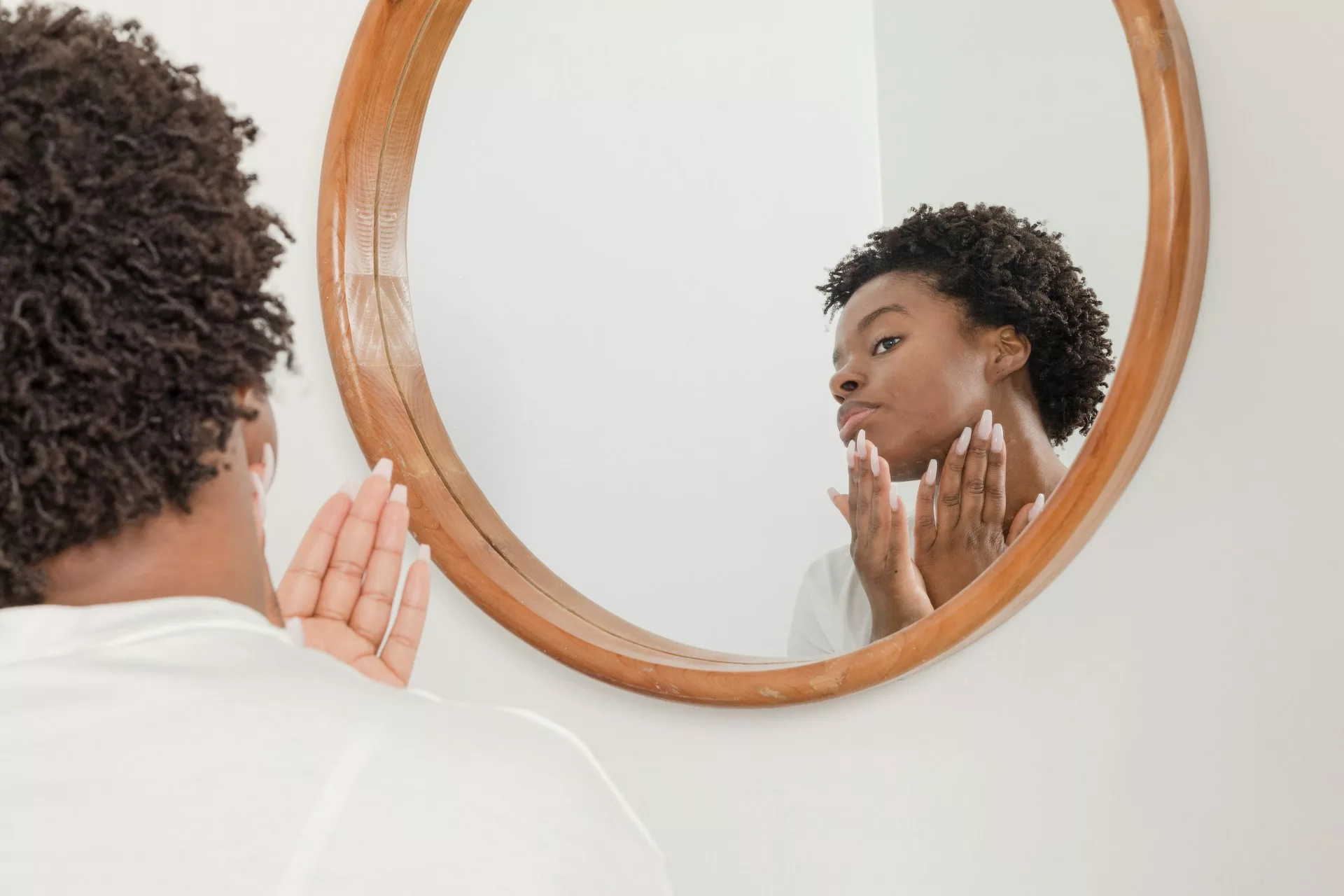The millennia of history contained within museum collections has been extensively marked by Britain’s colonial past. Photo credit: Liv Cashman via Unsplash
Situated just around the corner from the Radcliffe Camera, Oxford’s History of Science Museum holds collections that span hundreds of years and bring together science, art, technology, and history from all over the world. This museum is the first dedicated to the history of scientific thought and discovery in the United Kingdom, dating back to 1924 when a British collector, Lewis Evans, gifted his many scientific instruments and manuscripts to the University. Unveiled at the 100th anniversary of the museum, the new About Time exhibition highlights the finest timekeeping instruments from his collection. The exhibition allows the visitor to step back in time into the mind and study of Evans as he worked to understand and procure such innovative and historic technologies.
Ever since his father gifted him a sundial, Lewis Evans was fascinated by timekeeping and the scientific instruments and ideas that went into the practice. Thus, Evans spent much of his life travelling across Europe and the Islamic world to study and collect devices that demonstrate the various and innovative ways different peoples kept track of time. This ranged from astrolabes (astronomical instruments that chart the positions of the stars and planets) displayed for prestige by 17th century Persian royalty to German sundials that can be adjusted to fit city-specific latitudes for more accurate time-telling. These instruments certainly showcase the ingenuity and beauty of timekeeping devices, but, more interestingly, About Time uses Evans’ collection to reveal the storytelling and layers of history embedded within each object.
Evans himself was uniquely thorough (that is, by 19th century collector standards) in his record-keeping of the scientific instruments and manuscripts he amassed—providing detailed accounts of the items’ provenance or ownership history as well as anything he could find out about their purpose, use, or prestige. Through About Time, the visitor can use interactive digital displays based on Evans’ real-life study to follow his trail of clues and trace an object’s story. The physical display’s design, too, is reminiscent of 19th century furnishings, evoking the feeling of being transported to Evans’ time.
Dr. Summer Braund, Research Fellow on the Finding and Founding Project at the museum and curator of this new exhibition, emphasises how these immersive and interactive museum experiences help visitors to look beyond what the object is itself and also to engage with what it means for these items to be created, used, displayed, and collected. A South Asian astrolabe dating to the 1600s (similar to the one pictured below, which is also from 17th century Lahore), for example, is more than merely a beautiful scientific instrument. The engraved brass celestial map is simultaneously an exquisite example of craftsmanship and aesthetics, a representation of the advanced technologies and knowledge of the Islamic world, a demonstration of the wealth and power of Mughal royalty, and now, as part of the collection in Oxford’s History of Science Museum, a physical manifestation of 19th century European colonialism.

Evans, of course, was not alone in the practice of collecting important or valuable objects from places under violent British imperial rule and bringing them back for profit or prestige—many of the non-Western ancient objects visitors encounter today were acquired via unethical means by these 19th century collectors before being donated or sold to museums. Even more sinister, many of the displays of these objects were specifically used as propaganda tools to justify the imperialism of the “uncivilised” non-European peoples. In a museum setting that emphasises the beauty and scientific feat of collections like that of Lewis Evans, it might be too easy to forget the colonial history that often created them and the violent ideas they were originally used to support. Thus, the presence of this incredible astrolabe from Lahore in Oxford is a direct result, and perhaps continuation, of violent colonial exploitation of South Asia in the past—a fundamental aspect of the collection that About Time asks visitors to engage with critically.
…many of the non-Western ancient objects visitors encounter today were acquired via unethical means by these 19th century collectors before being donated or sold to museums.
In the last several decades, there has been increasing public awareness and calls to action concerning the return or repatriation of stolen cultural objects currently held in museums, often included in efforts to “decolonise” the museum. Among the most prominent cases is a group of about 5,000 beautifully crafted African brass and bronze sculptural objects from the 13th-16th centuries known collectively as the “Benin Bronzes”. These artefacts are currently dispersed among several museums in England, including in the British Museum and the Horniman Museum in London. During the reign of Queen Victoria, British forces seeking to broaden imperial power in West Africa and secure access to resources there violently overtook Benin, stealing and selling thousands of valuable and culturally significant antiquities, including the Benin Bronzes, to collectors and museums across Europe.
…there has been increasing public awareness and calls to action concerning the return or repatriation of stolen cultural objects currently held in museums…
Despite consistent calls for the repatriation of the Benin Bronzes to Nigeria and statements from these museums asserting their commitment to the return, many of these artefacts remain on display in England to this day. In a statement from the British Museum, they affirm their ‘[commitment] to active engagement with Nigerian institutions concerning the Benin Bronzes’, their ‘full participation in the Benin Dialogue Group and working towards the aim of facilitating a new permanent display of Benin works of art in Benin City’, and their ‘[partnership with] the Digital Benin initiative, focused on developing an online tool and database to digitally reunite as many as possible of the historical objects, documents, and photographs that illuminate the Benin Kingdom’. In Oxford, just a few minutes’ walk from the History of Science Museum, the Pitt Rivers continues its slow efforts to rectify its over-125-year-long seizure of 97 objects from Benin.
Critics of museums often (rightfully) point out the remnants of Western colonial history that slyly infiltrate modern museum displays, noting how seemingly subtle language and arrangements reflect deep-seated biases and continue to impact visitors’ experiences. Likewise, such collections may chronicle the history of colonialism, but many scholars argue that they may simultaneously continue to exploit the violent thinking and actions of the past. For museums that claim to tackle such a broad topic as the “history of science”, it is all the more vital that they address the biases that skew our views of the knowledge and technologies of the past, particularly of non-Western cultures whose objects and histories often already occupy contentious spaces in museums. About Time, however, seems a step in the right direction as it successfully balances appreciation for the objects themselves—as wonderous scientific devices, which can capture our curiosity, fascination, and imagination the same way they captured that of Evans—with the necessity for critically assessing how and why these items ended up in our museums.





